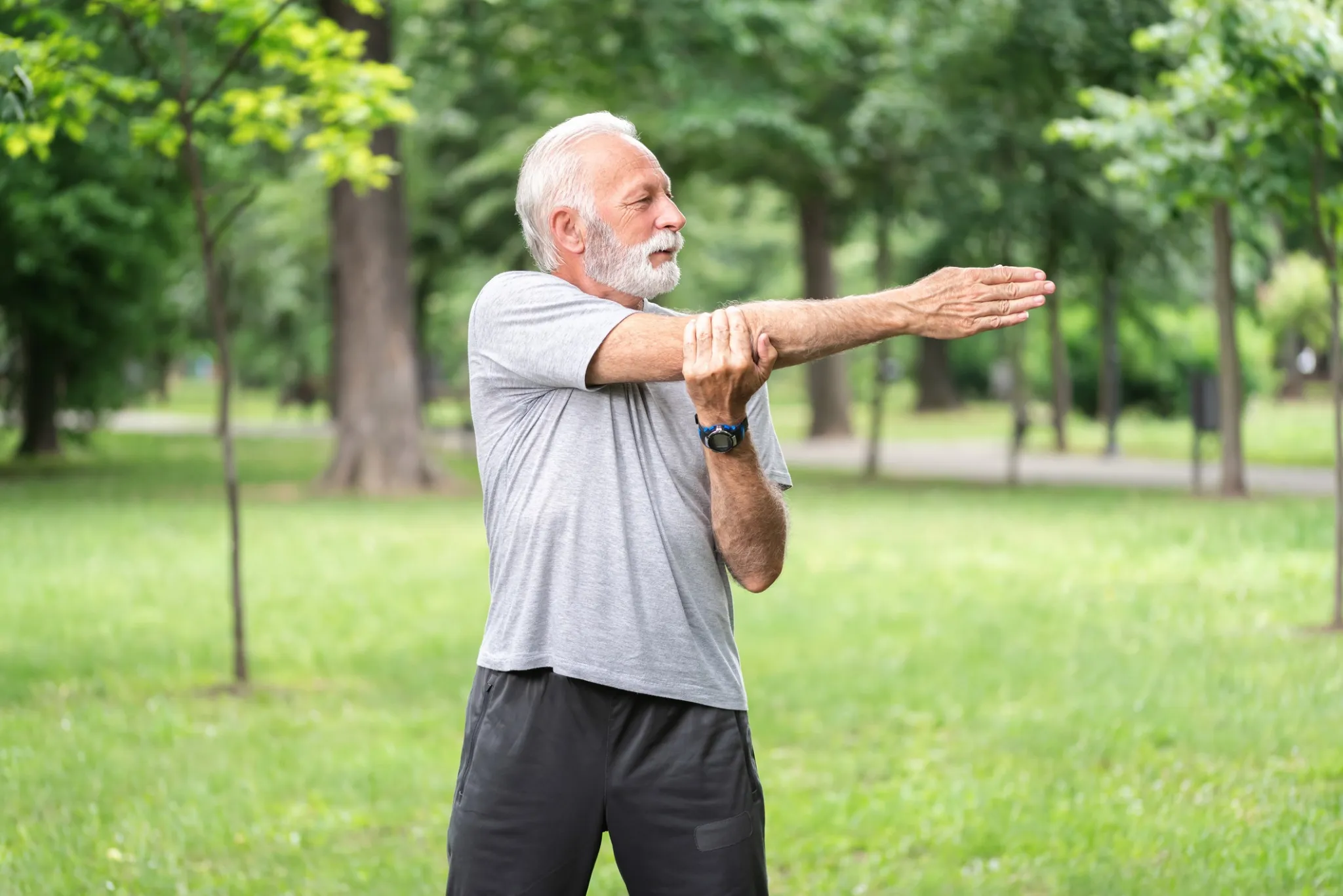Can Physical Therapy Help With Weight Loss and Arthritis?

Living with arthritis can feel like you’re in a constant balancing act. On one hand, staying active is essential to managing joint pain and maintaining mobility. On the other, movement can sometimes seem daunting when your knees or wrists ache. But here’s the good news: physical therapy can play a major role in improving joint strength, relieving discomfort, and even supporting weight loss—all without intense or high-impact workouts.
This guide explores how exercises focused on knee strengthening and wrist flexibility can ease arthritis symptoms, support daily activity, and help you feel better long term.
Why Strength Matters in Arthritis Management
People often ask, “What is the best way to lose weight with arthritis?” The answer lies in movement—specifically, targeted low-impact exercises that build strength around the joints. By reinforcing the muscles that support your knees and wrists, you reduce pressure on the joints themselves, leading to less pain and better mobility.
Knee Strengthening: A Foundation for Movement
Arthritic knees are a common challenge, especially with osteoarthritis. The good news is that a consistent program of knee strengthening exercises can make a big difference.
1. How to Strengthen Knee Joints Safely
Straight leg raises: Strengthen the quads without bending the knee.
Wall sits: Build endurance in the thighs and glutes.
Step-ups: Use a low platform to activate key muscles without high impact.
These workouts to strengthen knees help stabilize the joint and make daily movement easier.
2. Exercises for Knee Pain Relief
Not all movement is about power. Some exercises aim to reduce stiffness and inflammation. Effective exercises for knee pain include:
Heel slides
Hamstring curls
Mini-squats
For those with more advanced degeneration, bone on bone knee exercises should be done under the guidance of a therapist, focusing on low-load, controlled movement.
3. Stretches for Knee Pain and Mobility
If you’re wondering how can you stretch your knee, these options can help:
Quad stretches (standing or side-lying)
Calf stretches with a wall or towel
IT band stretch to release outer knee tension
These stretches for knee pain also help improve range of motion and circulation, especially helpful for stiff knees.
4. Knee Exercises for Arthritis and Seniors
Knee exercises for arthritis don’t need to be complicated. For older adults, exercises for the knees in the elderly might include:
Seated knee extensions
Ankle pumps
Chair-supported marching
These gentle movements are safe yet effective for maintaining mobility and comfort in daily life.
How to Build and Maintain Knee Strength
Consistency is key when learning how to improve knee strength or how to strengthen weak knees. Aim for:
2–3 sessions per week
Low resistance, higher repetitions
Alternating between strength and flexibility work
Knowing how to strengthen muscles around the knee helps prevent further deterioration and may reduce dependence on medication.
Supporting Wrist Health: Why It Matters
While knee pain often takes the spotlight, wrist pain is another common issue among arthritis patients. Whether from inflammation, overuse, or long-term degeneration, weak wrists can interfere with everything from typing to cooking.
1. How to Strengthen Wrist Joints
If you’re dealing with joint weakness or stiffness, these wrist strengthening exercises are a great start:
Wrist curls using light weights
Reverse wrist curls for balanced strength
Grip squeezes using a soft ball or therapy putty
If you’re wondering how to strengthen wrist muscles after an injury or from overuse, these movements are safe and effective.
2. Wrist Stretches for Pain Relief
Stretching is just as important as strengthening. Good wrist stretches include:
Prayer stretch
Wrist flexor/extensor stretch
Finger pulls
These wrist stretching exercises improve mobility and help with conditions like tendonitis or general tightness.
3. When to Use Wrist Therapy Exercises
Physiotherapy for wrist pain is common after overuse, injury, or surgery. You might benefit from wrist physio exercises like:
Range of motion drills (wrist circles, ulnar/radial deviation)
Isometric resistance (pressing hand against a surface)
Mobility routines (ball rolls, towel wringing)
They are especially useful if you’re recovering from a flare-up or adapting to arthritis-related changes.
How to Combine Therapy and Weight Loss
So, can physical therapy help with weight loss and arthritis? Yes—but not because of intense calorie burn. Instead, it helps you stay mobile, consistent, and pain-free so you can increase daily activity and avoid sedentary habits.
Here’s how to structure a simple weekly routine:
2–3 days of knee exercises for arthritis
2 days of wrist workouts and hand mobility
Daily light walking, biking, or swimming
Stretching before and after any activity
Preventing Further Injury During Workouts
When working out, always warm up properly to avoid injury. Learn how to prevent knee pain when working out by:
Wearing proper footwear
Avoiding sudden, twisting movements
Listening to your body and modifying exercises as needed
Don’t ignore early signs of strain in your knees or wrists. Adjust your routine to include low-impact alternatives that support joint health.
Final Thoughts
Arthritis doesn’t mean you have to slow down—it just means you need to move smarter. From learning how to strengthen your knees and how to stretch the knee joint, to building up your wrist flexibility and strength, physical therapy offers tools to stay active, independent, and even support weight loss goals.
Start where you are, move at your own pace, and build strength from the inside out. Your joints will thank you.


